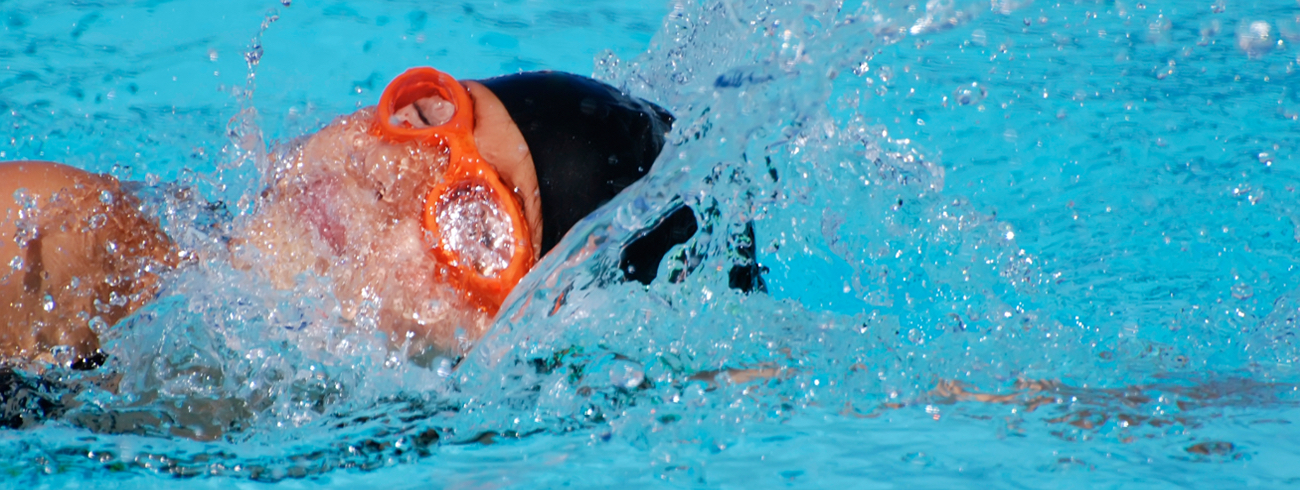
Additional vulnerability of those with a disability
Safeguarding standards for those with a disability should be the same as those for other children but special input may be required if the child has severe or multiple disabilities as they are at a higher risk of abuse.
Not every child with a disability is vulnerable in every situation. However it can be said that certain factors may mean that children with a disability are more vulnerable and could therefore be more open to abuse. The following list examines some of the reasons why children with a disability may be more vulnerable:
- Historically, children with a disability have been encouraged to comply with other people’s wishes, for example, in residential homes and hospitals and this has meant they are more vulnerable to be bribed and manipulated;
- Limited life experiences and social contacts may mean that many young people with a disability have not had the same opportunities to acquire the social skills that non-disabled peers have to assess the behaviour and attitudes of other people. This could also lead to them being unable to understand what is appropriate, or inappropriate, adult or peer behaviour;
- Individuals with dependency and support needs may have found that it is easier to be pleasing and compliant than challenge those caring for them because of the consequences. Any challenge or complaint could lead to more abusive practice or retribution;
- Continuing dependency on others may make some people feel powerless;
- Communication difficulties may make it hard to voice their concerns or be understood. This could be that the individual is unable to describe what has happened to them due to limited vocabulary;
- Individuals requiring intimate care could be in an increased vulnerable situation, especially if they have to rely on a number of different carers to support their needs;
- The general thought that a young person with a disability is not abused may make it difficult for that person to be believed if they report an incident;
- Intrusion into body space for physical and medical care can lead to young people with a disability never developing ownership of their own bodies;
- Some disabilities may mean that the emotional and developmental age is less than their chronological age.
More information on safeguarding and disability:
Safeguarding Deaf and Disabled Children
CPSU | Disability
